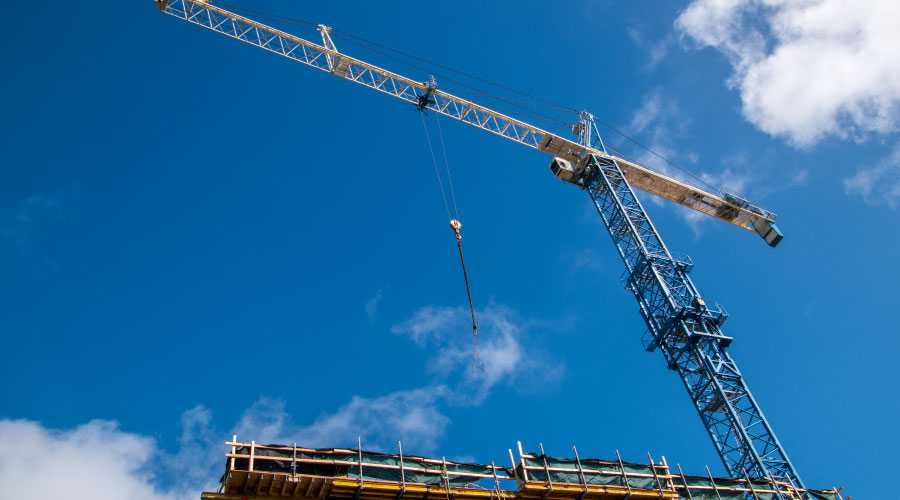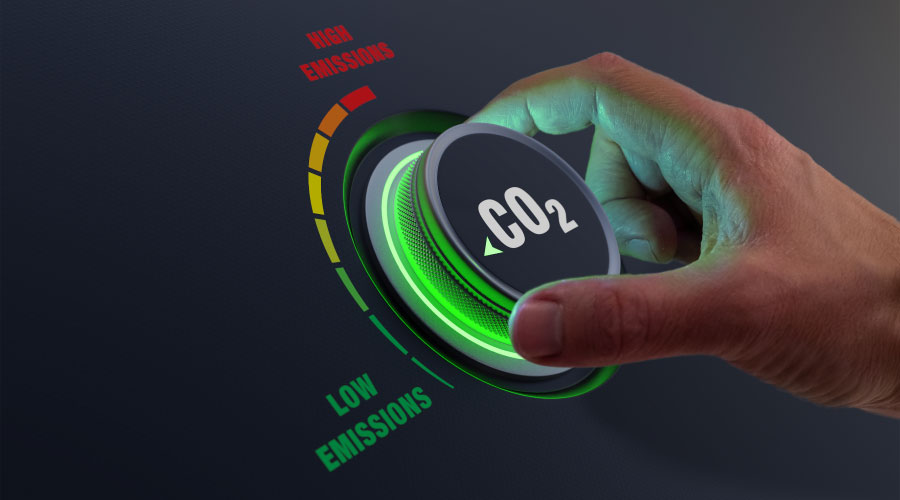
Navigating Funding Sources for Alternative Energy Projects
There are a number of different funding sources facilities managers can tap into for their energy projects. August 3, 2023
By Jeff Wardon, Jr., Assistant Editor
Alternative energy is a popular topic in the realm of facilities management, however, facility managers themselves are wrestling with how to fund their energy projects. From the Inflation Reduction Act (IRA) to various grants, the myriad funding methods can be a bit overwhelming. Timothy Unruh, executive director at NAESCO, and Charlie Zitnik, senior vice president at D.A. Davidson Companies, will be hosting a session to demystify these funding methods. Their session, entitled “Making Sense of Project Funding for Energy Efficiency and Renewable Power” will run at NFMT Remix from October 25 to 26 in Orlando, Florida.
NFMT: What funding options are available for alternative energy and renewable energy projects for facilities, and how do they differ in terms of eligibility criteria and application processes?
Zitnik: Let’s compare the options Pre-IRA and Post-IRA. The IRA passed in August 2022, which really was a reconstitution of the Build Back Better Act that did not pass nine months beforehand. The IRA includes all sorts of benefits to local government and the private industry for energy efficiency projects. Specifically, the ability to take direct pay from Treasury as opposed to receiving a tax credit.
Let’s say you had a $2 million transaction for an energy efficiency project, like solar or geothermal, or something similar. To avail yourselves of the tax credits that were available – Pre-IRA it was a 30 percent credit on solar and geothermal – you would have to have that tax credit perfected and sell it off to create equity for your project.
Under the new plan, Post-IRA, you do not have to securitize that tax credit anymore. You can just take it as direct pay from the federal government once your project is in service. So, you build your project, then commission it, put it in service and then file it much like you do with a tax return where you have refund coming. So, in the case of the $2 million project, once the return is released, you’d get a $600K check.
Unruh: Government buildings have been using energy savings performance contracts to fund building upgrades, renewable energy installations and resiliency improvements for over 40 years. This is a solid funding mechanism that engages with an energy service company to cooperatively develop the funding opportunity, deliver that opportunity, find various funding sources and provide long-term performance management of the building upgrade. Energy savings performance contracts allow agencies to procure energy savings projects without up-front capital expenditures. Projects are paid for through guaranteed energy savings.
For private sector buildings, a funding mechanism called Energy as a Service is a serviced-based solution where customers pay a reoccurring fee for services without directly paying for equipment or management – again no upfront capital expenditures.
NFMT: How can facilities secure project funding specifically for alternative energy initiatives? Are there any government grants or incentives that they should be aware of?
Zitnik: There are a variety of grant programs available in almost all states. I expect approximately 80 percent of the renewable or clean energy project finance we do involves a grant – and this is primarily for school districts as well as counties and cities.
At the state level and for local governments, direct grants are available as well as the ability to access tax-exempt financing. We think the ability to get tax exempt financing is akin to getting about a 30 percent grant on a project. If you take the ability to get direct pay on your project, let's say that is 30 percent, and then you can fund the difference with tax-exempt financing that adds on another 30 percent, you have got more than half of your project paid for.
Unruh: There is an opportunity to leverage any grant or appropriated funds using third-party money. By using the energy and operational savings associated with a capital, grant, tax credit or rebate improvement, that money can be magnified by combining with an energy savings performance contract (public sector buildings) or Energy as a Service for both public and private buildings. This allows scarce building improvement funds to be greatly extended.
NFMT: What are some potential challenges or barriers that facilities might encounter when seeking project funding for alternative energy and renewable energy projects?
Zitnik: On the commercial side, it would be the mortgage holder's consent to take on additional debt. Whether that senior or subordinate generally requires a lender's consent, and unfortunately most commercial mortgages are now packaged and securitized, so it is not a single owner of the debt. It is held by a variety of banks, and there is a loan servicer. So, in order to get the lender’s consent – if you can get it at all – is very time-consuming.
Time is another challenge. Right now, we are in a market where construction, labor rates and construction materials costs are going up about eight percent annually. If you spend a year and a half trying to get your lender's consent, you have likely cost an additional 10 or 15 percent in project cost. That is not to mention we are and we have been in a rising interest rate environment. Unless you have your financing locked up, you do not have any assurance on what your rate would be.
A commercial property owner is often looking to sell, and they have a hurdle rate they need to make the cap rate work on the sale price. Whenever that is taking on additional debt, even if it is funding neutral, it is still debt on the property.
Unruh: Impediments to using these financing tools do exist, primarily in the resistance to movement. Spending money directly to buy a product and install it is a simpler process that uses the full ability to leverage that funding. Raising awareness among public and private building leadership about project funding possibilities with third-party sources is crucial. By doing so, the nation's approximately six million buildings can unlock greater opportunities for deep energy retrofits. These improvements could drive an increased ability to withstand and prevent climate change, better indoor air quality, as well as improved safety and comfort for the occupants.
To learn more about these funding sources and how to use them, be sure to check out Unruh and Zitnik’s session at NFMT Remix this October. Register for Remix here.
Jeff Wardon, Jr. is the assistant editor for the facilities market.
Next
Read next on FacilitiesNet












